The Raval Economic and Commercial Study, prepared by the Tot Raval Foundation, includes a detailed and methodical analysis of the neighborhood's commercial activity. At the same time, it becomes a practical and indispensable tool for knowing the territory and planning economic policies and commercial promotion.
Reports
We present the trade report, which collects the main data on commercial activity in Barcelona and its specific weight in the economic activity of the city. At the same time, it allows us to reflect on the changes that commerce in this city is experiencing.
Surveys, reports and analysis
-
Every year Barcelona's citizens are presented with a series of questions, the aim being to find out their opinions on the city's commerce, and these incorporate questions on Barcelona's consumer shopping habits.
The tool used is a quarterly opinion survey, the Òmnibus Municipal, whose results we present below, from the block of questions on our city's commerce and consumer trends.
-
Activity survey of the commercial sector in Barcelona
The aim of the survey on the activity of the commercial sector in Barcelona is to know the characteristics of commercial establishments and the opinion of their managers on the activity of the sector in the city. This report is based on interviews conducted with managers of 2,400 commercial establishments visited between April and November.
Activity survey of the restaurant sector
The aim of the survey on the activity of the restaurant sector in Barcelona is to know the characteristics of the restaurant establishments and the opinion of their managers on the activity of the sector in the city.
1,000 interviews are conducted throughout the year, divided into three cycles: spring, summer and autumn.
-
We present you with the commercial report featuring the main data on commercial activity in Barcelona and its specific influence on the city's economic activity. It also enables reflection on the changes the city's commerce has been undergoing.
-
Check out the available trading analytics:
- Local trade is growing as the citizens' favorite choice of place to shop
- Commerce in Barcelona, increasingly digitized: 1 in 2 establishments now have a website
- Radiographic study on nightlife in Barcelona, economic viability and comparative benchmarking with other cities
- Christmas 2024/2025: Visitor flow report from 15 November 2024 to 15 January 2025.
Studies of the commerce and restoration sector
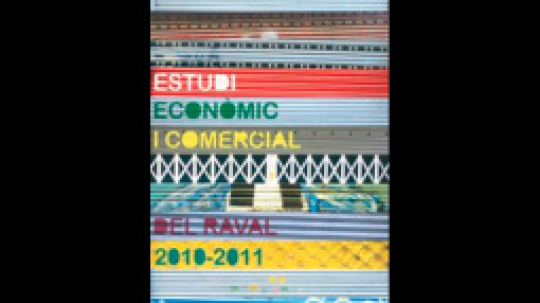
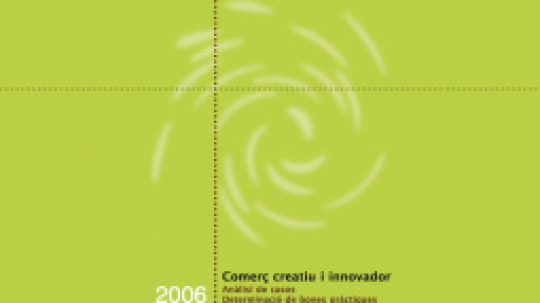
This study analyzes the emergence of new types of commercial establishments that focus on creativity and innovation, the result of modernization and adaptation to the new realities of commerce.

The study analyzes and measures the economic impact that could be generated in the city of Barcelona as a whole (and its commercial fabric) by the application of "Real Decree Law 20/2012, of July 13, on measures to guarantee budgetary stability and the promotion of competitiveness" in those points relating to opening on Sundays and holidays that are specified in title V.
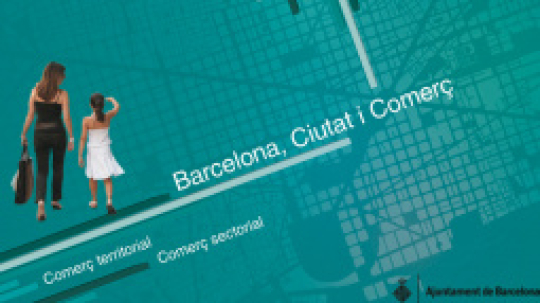
This book analyzes the commercial reality of Barcelona and its weight in the city's economy. It also describes the history of the associative and trade union movement in Barcelona, as well as the current state of the city's commercial axes.
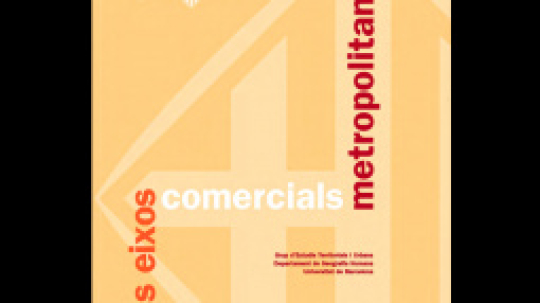
Study carried out by the Territorial and Urban Studies Group of the Department of Human Geography of the University of Barcelona during 1997, in which various aspects of commercial activity and its evolution in the city of Barcelona are analyzed, referring- se to the demographic framework of trade and consumption in Barcelona and its metropolitan region and the commercial location.
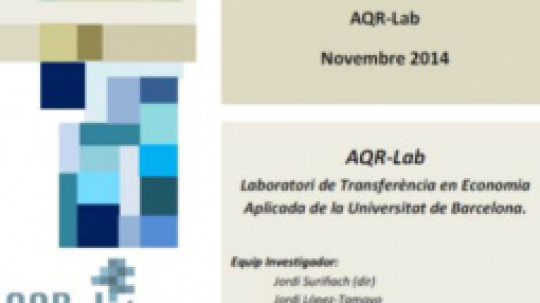
Document prepared at the request of Barcelona City Council where an evaluation of the opening pilot test experience is made as a result of the new commercial hours regulations in the city of Barcelona, launched during the summer of 2014.
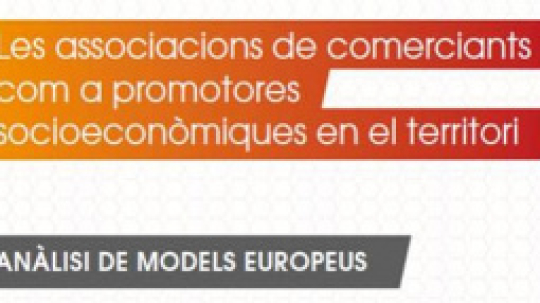
The aim of the report is to analyze the new models, values, criteria, management formulas, transparency and innovation systems, relationship networks, etc. that the merchants' associations of the city of Barcelona require in order to adapt to the new socio-economic models and become promoters of new strategies that enhance their active role in the territory.

The various studies of traffic in Barcelona's commercial hubs manage to obtain data on the traffic in the hubs, the profile of these visitors and the degree of customer satisfaction.

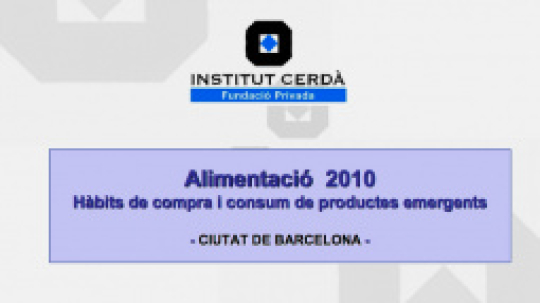
The "Food 2010" project proposes a quantitative analysis of purchasing and consumption habits of specific types of emerging food products, related to forms of consumption, to forms of production and to products with quality assurance.
